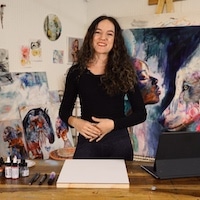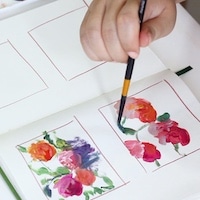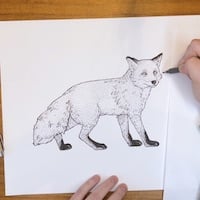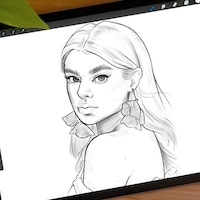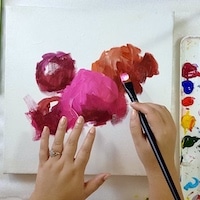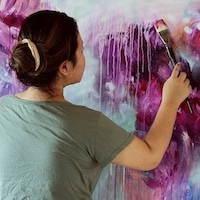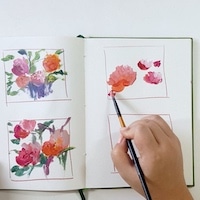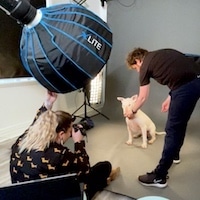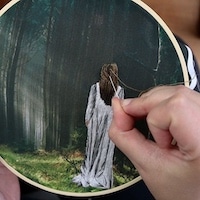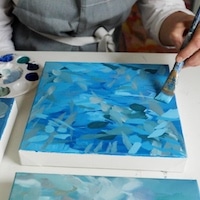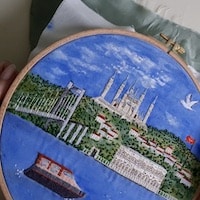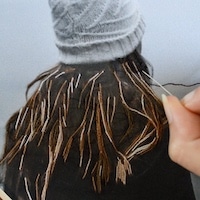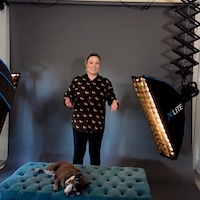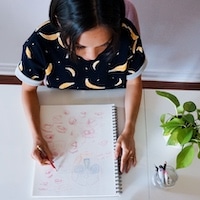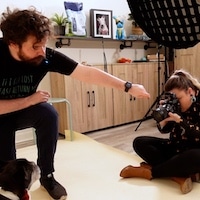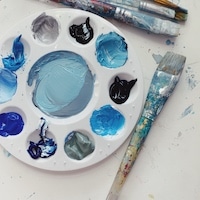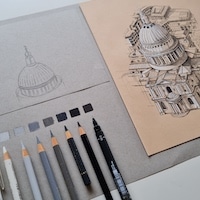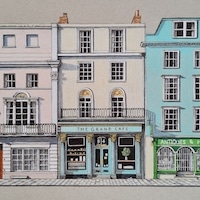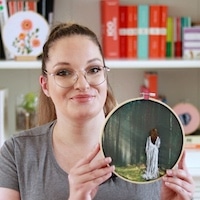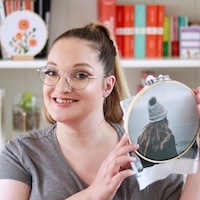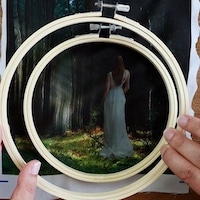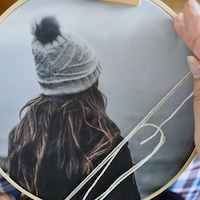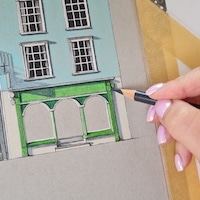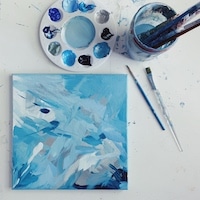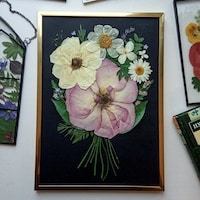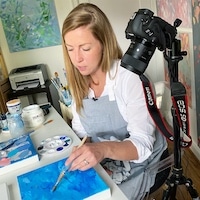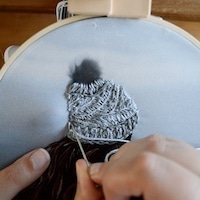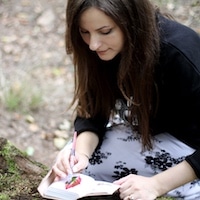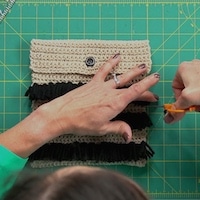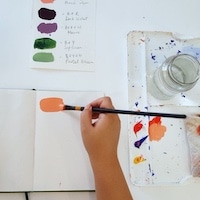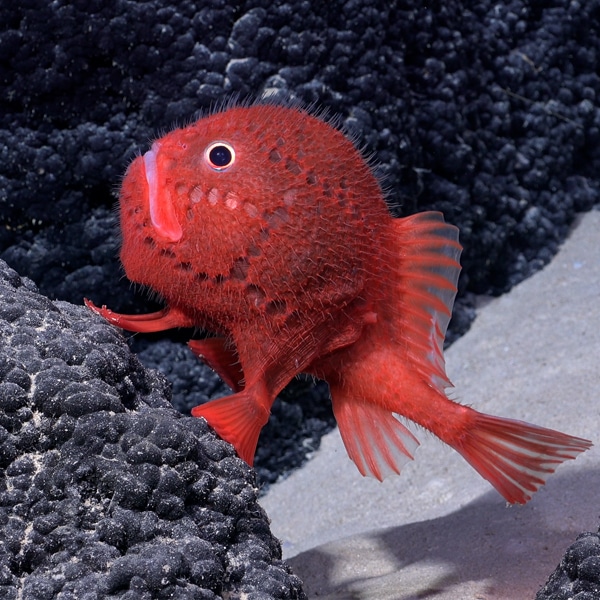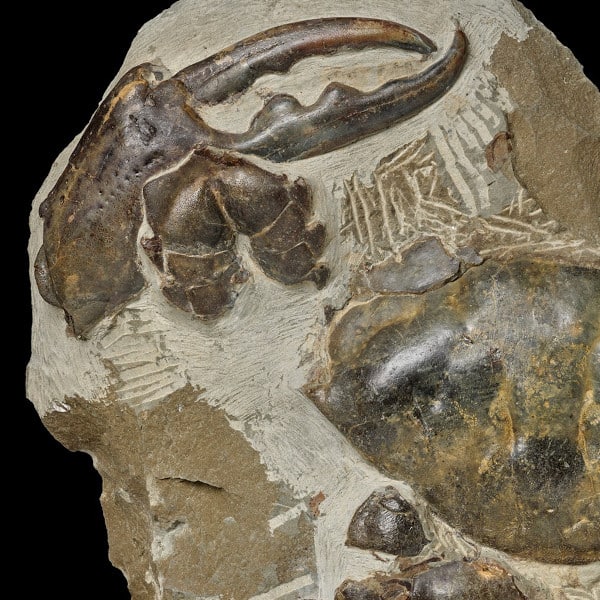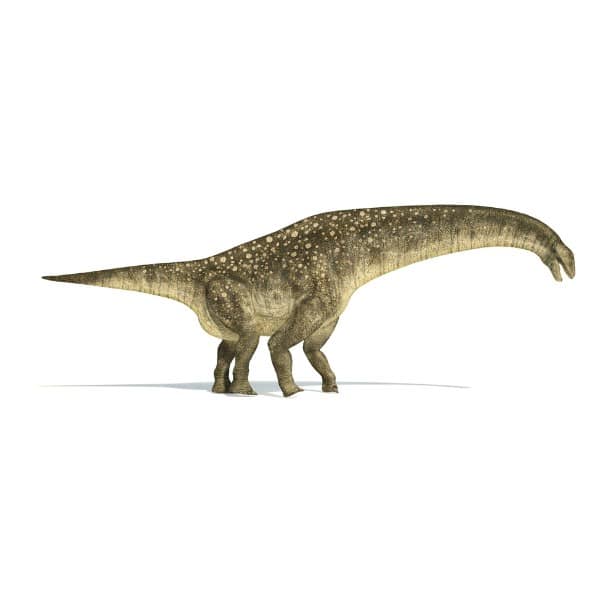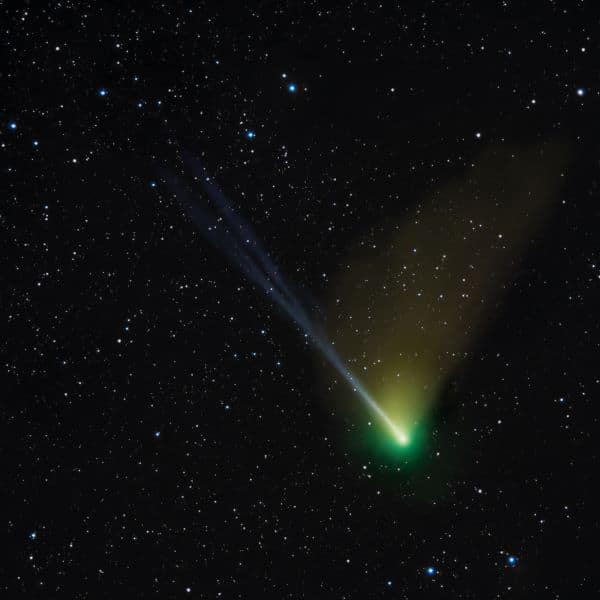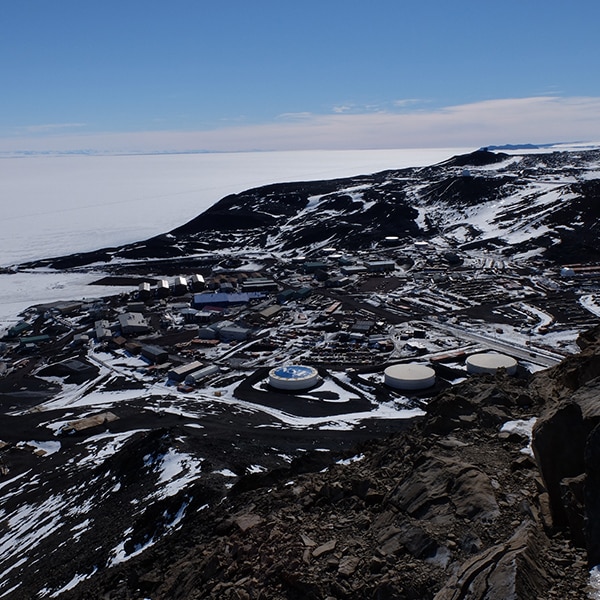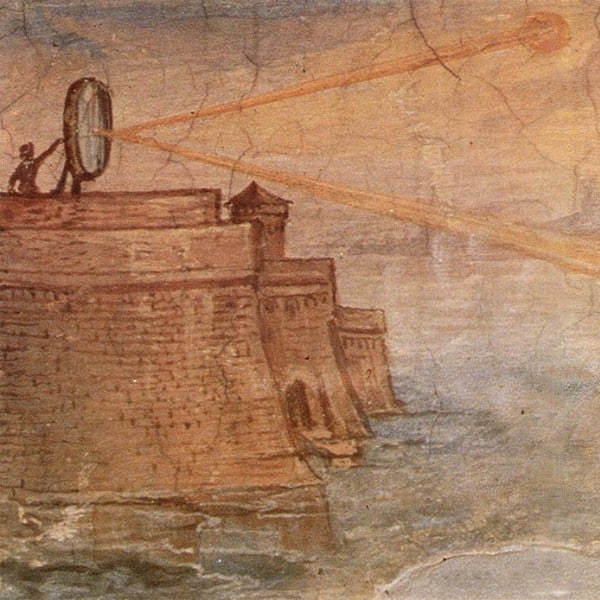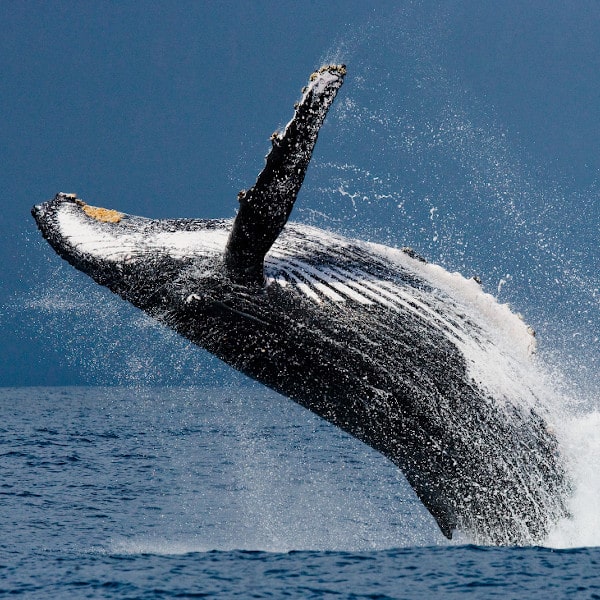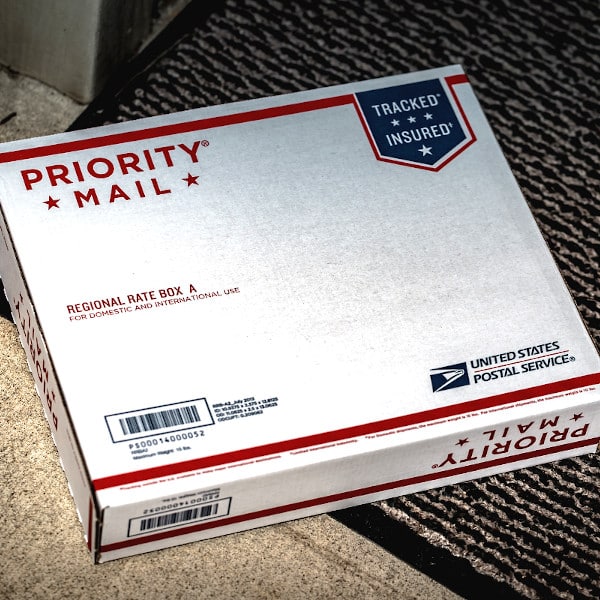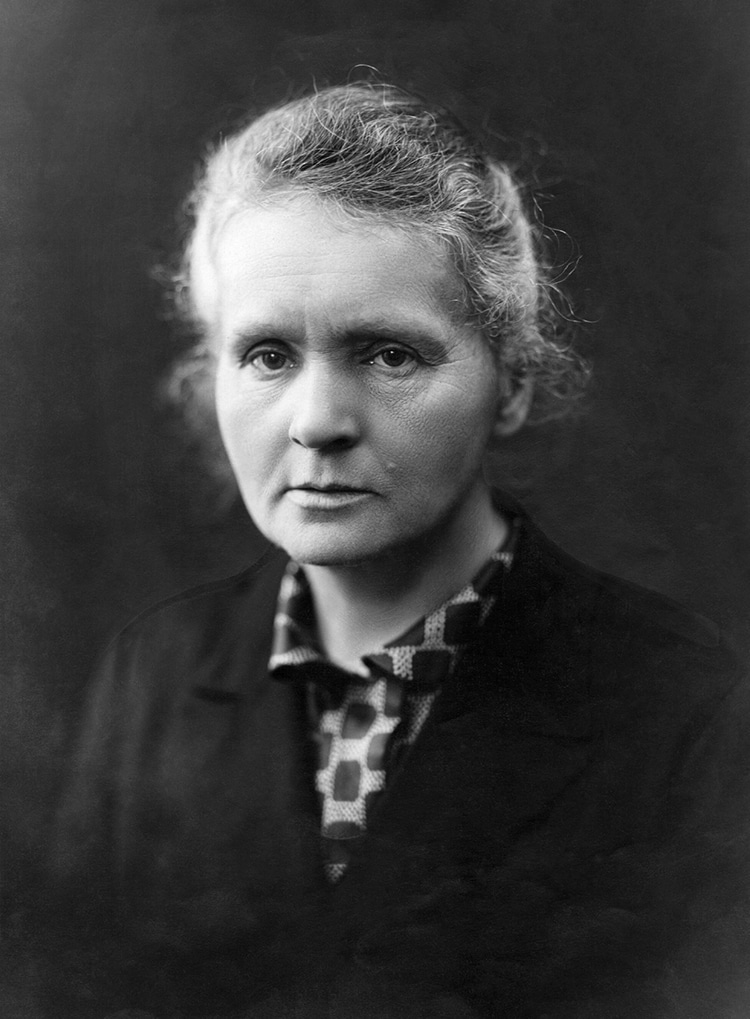
Marie Curie, photographed around 1920. (Photo: Wikimedia Commons, PUblic domain)
Marie Curie is likely the most famous female scientist, and arguably one of the most notable scientific names of any gender. Her work earned her the Nobel Prize in both physics (1903) and chemistry (1911). The Polish-born genius made France her adopted home, where she and her husband Pierre experimented with radioactive elements such as uranium. While this and their discoveries of polonium and radium firmly cemented her place in scientific and medical history, Curie died in 1934 from aplastic anemia caused by radiation. This radiation was so strong that her possessions, including her notes remain radioactive today. They will remain so for about 1,500 years.
Curie worked with dangerous elements which emitted radiation. Her laboratory was in her French home and protective measures were virtually non-existent given the evolving knowledge of these elements. Even after Curie's death from the radiation, her house and items within it retained the radiation that had emanated from the elements throughout the house. The Institute of Nuclear Physics of the Paris Faculty of Science and the Curie Foundation both used the building until the 1970s, and it was not decontaminated and demolished until 1991. Curies' papers were moved to the Bibliotheque Nationale in Paris.
Due to the half-life of the radium 226 which contaminates the papers, which is 1,600 years, the items still have about 1,500 more years to reduce the radiation levels to half. In the meantime, the papers and other possessions are kept in lead boxes similar to the aprons worn during x-rays. Visitors who wish to study them must sign a waiver and wear protective clothing. Even Curie herself, who is buried in the Panthéon, rests in a lead coffin. These precautions demonstrate the incredible danger of radiation and the disastrous effects it can have on those in its vicinity—knowledge of which is largely owing to the foundations laid by the Curies.
Marie Curie's papers and belongings were contaminated by the radiation from her research which both won her a Nobel Prize and killed her.
True @wellcomelibrary? MT @Libroantiguo Marie Curie's experimental notebook – after almost 100yrs, still radioactive. pic.twitter.com/PiXT1HR6Lc
— Wellcome (@wellcometrust) August 4, 2014
Curie was the first woman to win a Nobel Prize and the only woman to receive two.
h/t: [Open Culture, Business Insider]
Related Articles:
Theoretical Physicist Becomes Successful YouTuber to Fund Her Quantum Gravity Research
Hyperactive Atoms in Earth’s Inner Core Make It Softer Than Previously Thought
12-Year-Old Invents Affordable Fire Detection System That Sends Alerts to Your Phone
14-Year-Old Is Named “America’s Top Young Scientist” for Developing Soap To Treat Skin Cancer
